Europeana and the European Parliament joined forces to mark the events that shaped Europe.
WW1 and the fall of the Iron Curtain, two events that shaped the Europe we know today were commemorated at the European Parliament in unique style. A family history roadshow, digitising personal memorabilia of MEPs for these two seminal periods of European history, is taking place in the Parliament.
On December 2nd and 3rd, Shaping Europe marked the centenary commemoration of WW1 and the 25th anniversary of the fall of the Iron Curtain. Members of the European Parliament and Parliament staff were invited to bring along their personal and family memorabilia to be digitised and to share the stories behind them through Europeana’s two major thematic websites Europeana 1914-1918.eu and Europeana 1989.eu.
For the past three years, Europeana 1914-18 and Europeana 1989 have worked with citizens and our cultural institutions across Europe to create online archives that provide a unique perspective on these two seminal events, which can be shared worldwide. The two collection days at the Parliament, add to 150 held across Europe over the last 4 years and directly connect citizens to their cultural heritage.
Read the full press release here
During the event, a Twitter campaign highlighted some of the most interesting stories from Europeana 1914-1918 and Europeana 1989 using the hashtag #ShapingEurope. Another EU project with a huge historical impact, Europeana Photography (1839-1939), also participated in the Twitter campaign by sharing and tweeting interesting photographs witnessing life in Europe before WW2.
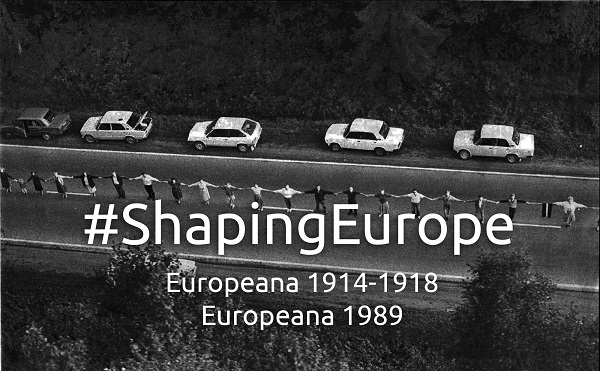
Europeana 1914-1918:
The Europeana 1914-1918 project is the most important online resource of original WW1 source material. Building on an idea from and with the support of Oxford University, it was launched in Germany in 2011 to collect memorabilia and family stories from the front line and the home front. Since then, family history roadshows have been held in 18 countries across Europe, in the lead up to the WW1 centenary commemoration and so far have recorded more than 100,000 digital images. The site now also includes more than 400,000 items digitised by national libraries across Europe and 660 hours of film digitised by EFG14. Throughout 2014, the year of the 100th anniversary of the outbreak of the First World War, the project continues to collect memorabilia in digital form, and aims to save people’s family memories and make them accessible to the world. Apart from the roadshows that take place across Europe, everyone can also contribute their digitised images and information to the website www.europeana1914-1918.eu.
Europeana 1989:
Europeana 1989 is a pan-European project concerning the political and social changes in Central and Eastern Europe in 1989. It creates a vivid and complete picture of the revolutionary events in Europe with stories, photos, videos and sound recordings from every country affected. Personal stories, memories and experiences can help others to better understand what it was like and to see events from a different perspective. By collecting personal memorabilia and stories from this period, and combining it with institutional collections, we aim to create an engaging user experience. So far 11,000 items are shared online at www.europeana1989.eu. This work has been further supported by 89voices.eu where we are on a mission to record and preserve 89 fascinating first-hand accounts from individuals who experienced the fall of communism and the reunification of Europe.
Europeana Photography:
It is a digitization project focused on early photography belonging to the period 1839-1939; the pioneers of this new art and medium (the photography, which was born in 1839) captured faces, places, habits and life how they were in a period of great change. The images digitized and shared by Europeana Photography have the highest historical, artistic and cultural value, to help understanding the societal changes that happened in Europe between 19th and 20th centuries. About 430.000 photographs selected by major archives and press agencies in Europe are provided by this project in Europeana’portal, accessible for education purposes, research and personal interest.


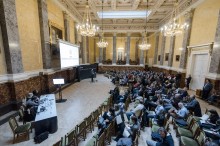
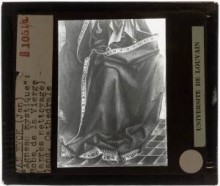
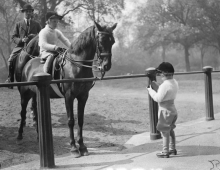
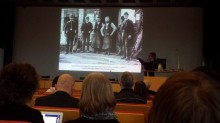
 If you have interesting news and events to point out in the field of digital cultural heritage, we are waiting for your contribution.
If you have interesting news and events to point out in the field of digital cultural heritage, we are waiting for your contribution.
























